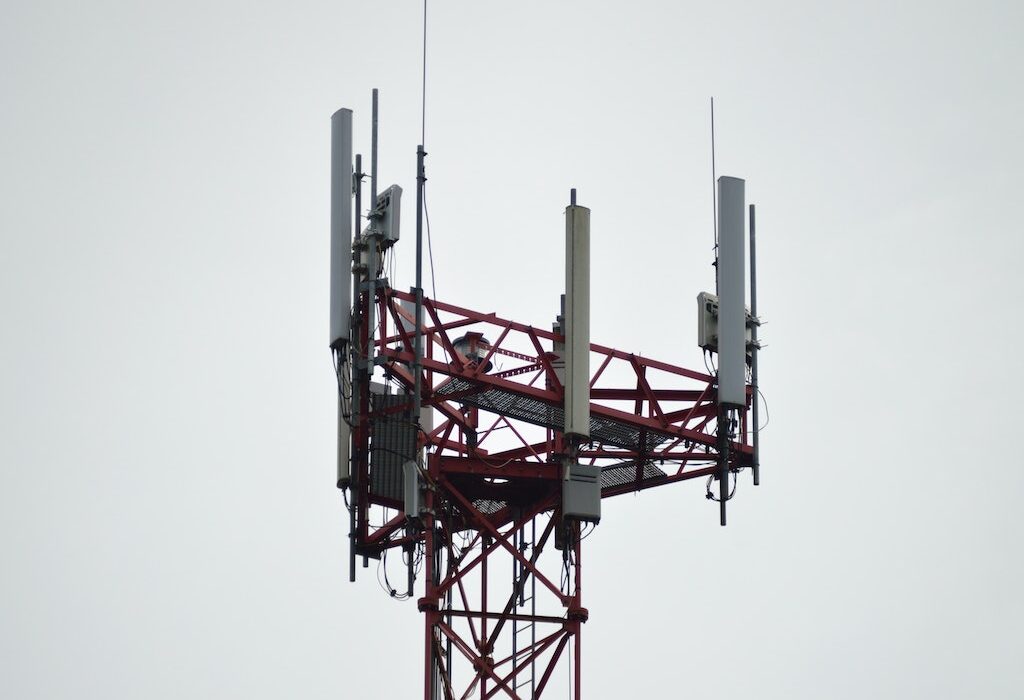For several years now, two different kinds of wireless tech have coexisted. Wi-Fi is a kind of LAN/local area network that is primarily used indoors, like in a workplace or at home. In comparison, cellular networks, like the current 4G LTE standard and 5G, are a type of WAN/wide area network that can be used both outdoors as well as indoors (but they’re usually used over long distances).
Both these technologies are complementary, given that they provide lower latency, higher speeds, and more capacity compared to their predecessors. Continue reading to learn more about these technologies.
What is 5G?
5G networks will be 50 times faster, offer ten times less latency, and have 1,000 times more capacity than 4G/LTE networks. As a result, 5G will be able to connect more devices and send and receive more data than ever before, resulting in faster connectivity and vastly improved user experiences. Mobile operators, like in the case of 4G LTE, will sell subscriptions to their 5G network. Users, on the other hand, will require 5G-capable devices to connect to these networks.
What is Wi-Fi 6?
Wi-Fi 6, which is based on the IEEE 802.11ax standard, will offer four times the capacity and seven times the latency of its predecessor, Wi-Fi 5.2. A Wi-Fi network can be operated by anyone, and most of us have one in our homes or businesses that is connected to broadband service. To achieve the greatest speed, latency, and capacity enhancements, Wi-Fi 6 devices require a Wi-Fi 6-compliant access point.
How Do the Technologies Complement Each Other?
Wi-Fi will remain the dominant technology for residential and commercial environments because it is less expensive to establish, operate, and scale—especially where access points must service more users. This provides excellent support for dozens of data-hungry devices, such as PCs, tablets, streaming devices, smartphones, television sets, and printers, all of which must be connected to the network. Because of its greater range, 5G will be used for mobile connectivity. It will also be utilized in connected automobiles, smart cities, and massive manufacturing activities. As these two technologies continue evolving, the core networks of each will transform, as well.




